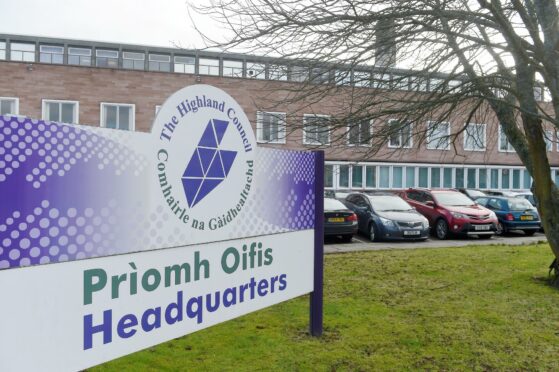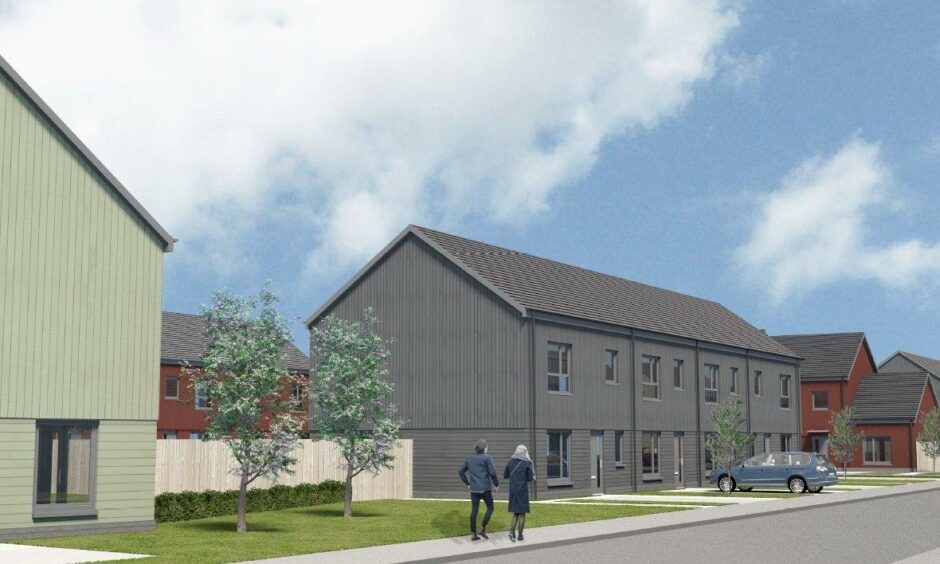In many ways, Highland Council is a unique conundrum.
It has a land mass the size of Belgium. The fastest growing city in Scotland, and also some of the most rapidly declining towns. Tiny villages and hamlets barely touched by modern service provision.
And a council chamber that can’t decide if it wants to stay together, or split up.
This election saw many of the council’s political heavyweights retire – worn down by budget battles, the pandemic, and a growing cost of living crisis.
In 2017, experienced councillors said this was the worst ever time to be elected.
But 2022 might give it a run for its money.
We’ve broken down Highland Council’s challenges, by numbers.
2025 – for a green Highland
The target date for a carbon neutral Inverness and a low carbon Highland. The council declared a climate emergency in 2019 but even senior councillors admitted progress was slow. Climate change chairwoman Trish Robertson called for “radical action” to deliver on these ambitious targets.
2025 is also D-Day for the Scottish Government’s sweeping landfill ban.
Highland Council does have several irons in the fire. It’s already one of Europe’s biggest sources of renewable energy, particularly in offshore and onshore wind.
Last year, it threw its weight behind a pioneering hydrogen power project in the Cromarty Firth, and invested £2.8m in a waste-to-power plant at the Longman in Inverness.
Meanwhile, the council is working with partners to make homes and buildings more energy-efficient.
But is it enough? It’s three short years to 2025 and the council still has a long way to go.
£195 million – roads bill
The hot topic coming into this year’s election. Highland Council has the longest road network in the UK, at 4,000 miles.
It also has some of the worst roads in Scotland.
Last year, the Scottish Road Maintenance Condition Survey said it would cost £195m to get Highland roads up to an acceptable standard. It said that 39% are in need of repair.
To keep up with decline, the council needs to spend £26m per year, yet it averaged about a third of that over recent years.
Every political group promised to get it sorted in their campaign material. Now that they’re elected, the challenge lies in getting Highland Council to deliver both the capital to make the repairs, and the revenue to pay workers’ wages – against a tight budget.
The 2022 budget was a start, with the council pledging £5.5m to improve the network. Of that, £2m is recurring spend and £3.5m for new schemes, projects and plant.
32nd out of 32 – literacy and numeracy
Earlier this year, a furious row erupted after a national report placed Highland bottom of the pile for primary school attainment.
The Local Government Benchmarking Framework found that Highland lags behind the national average for both literacy and numeracy.
In literacy, 49% of pupils achieved on target, compared to 67% nationally. In numeracy, the national average is 75% but Highland scored just 60%.
Education chairman John Finlayson defended the results, highlighting that schools had gone through an unprecedented period of disruption.
He said the council had prioritised pupils’ wellbeing over attainment, and that Highland has particular challenges in deprivation and rurality.
However, then-Conservative leader Andrew Jarvie accused the administration of being in denial. Its schools were headed on a “gradual march to the bottom,” said Mr Jarvie.
9,600 – waiting list for council house
Highland Council is pursuing an ambitious home building programme to address demand. There are 9,600 people across Highland on the waiting list for a council house.
The council has committed to building 500 new homes every year from 2021 to 2026. Of these, 70% will be for affordable rent and 30% low cost ownership.
It’s also thinking outside of the box, with an unusual scheme to buy up private homes.
Last December, councillors sought to help people struggling with the rising cost of living. It committed £3m to tackle fuel poverty, including a £180 winter fuel payment to thousands of eligible tenants.
Fuel poverty affects around a third of Highland households, compared with a national average of 24%.
So is there any good news?
The figures are stark, but it’s not all doom and gloom.
Despite what they called a “challenging” settlement from the Scottish Government and the cost of the pandemic, budget bosses said their finances are looking healthier. The council has £12.5m in non-earmarked general fund reserves. This allowed members to approve £10m of investments. The Sustainable Highland programme puts millions back into roads, climate action, education, children’s services and rural transport.
The council is also arguably more nimble than ever before. The pandemic turned the status quo on its head, vastly reducing travel and building costs, and boosting the council’s relationship with community groups.
Can it take that positive momentum and drive progress – fast? That remains to be seen.



